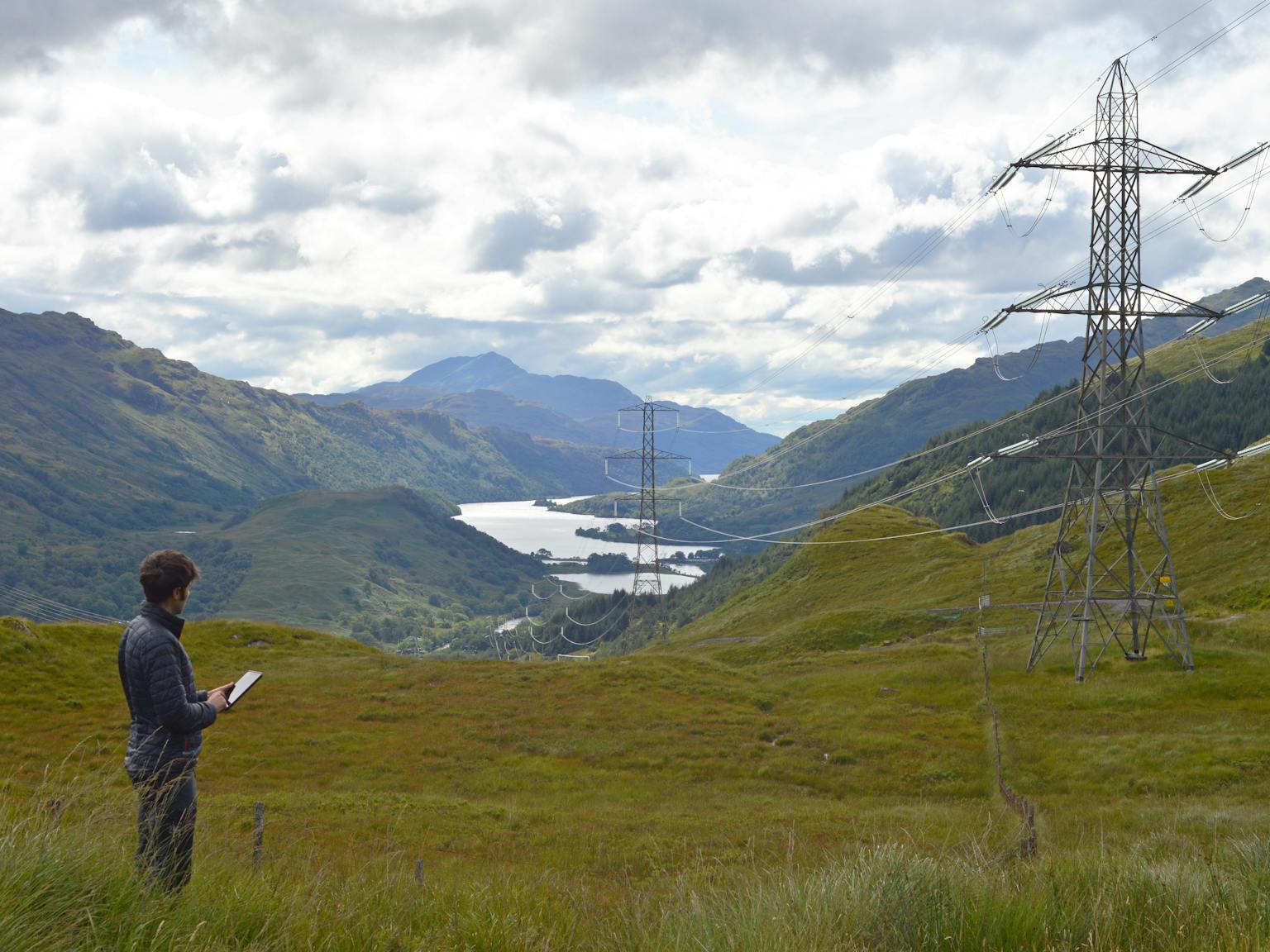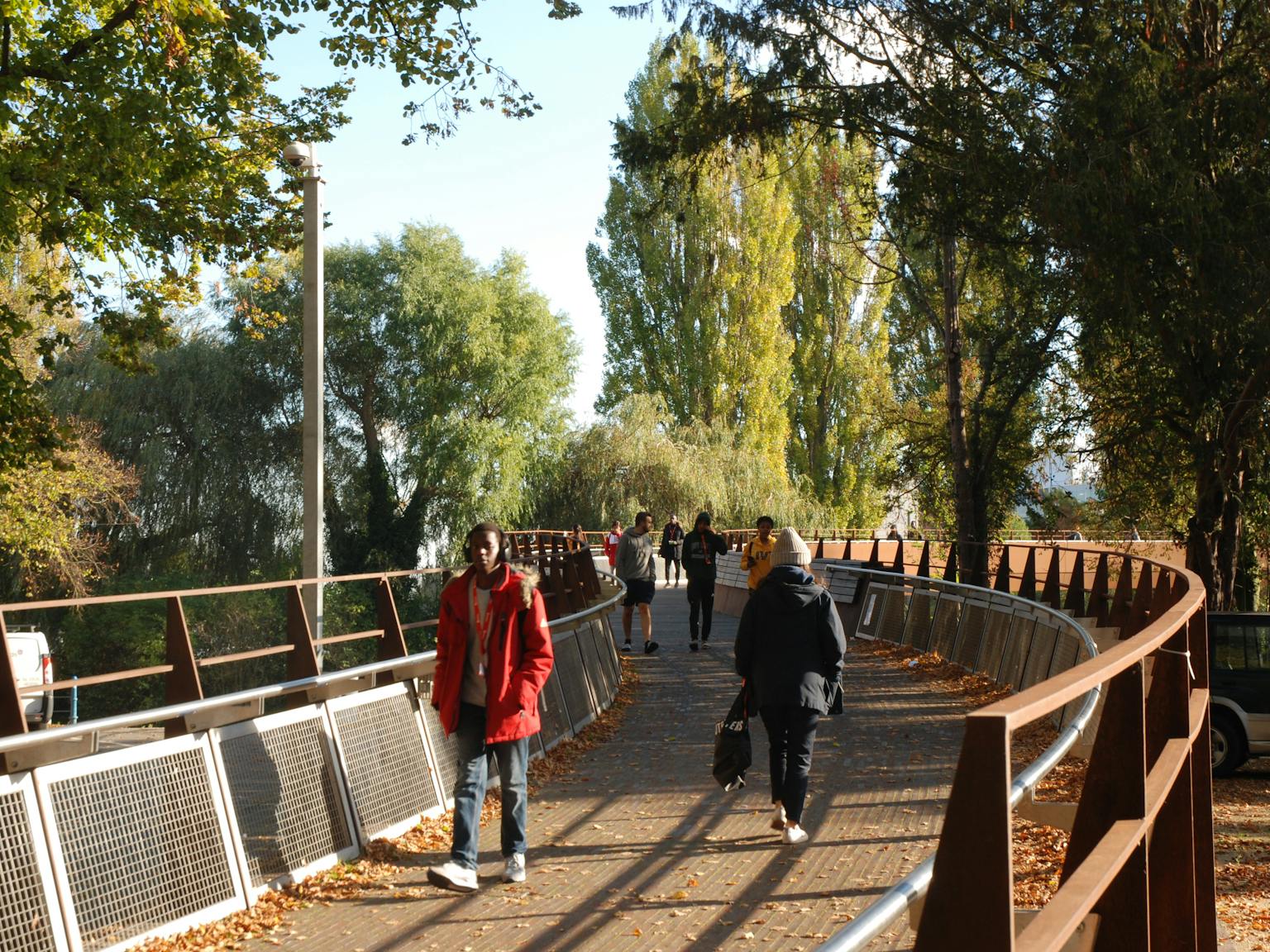
Environmental net gains – is now the time to act?
“In future, we want to expand the net gain approaches used for biodiversity to include wider natural capital benefits, such as flood protection, recreation and improved water and air quality.” (25 Year Environment Plan)
The new government is amending the National Planning Policy Framework and is committed to a new growth-focused approach to the planning system. This includes boosting housing delivery (1.5 million new homes over the next five years) and more actively intervening in major planning proposals, including infrastructure schemes.
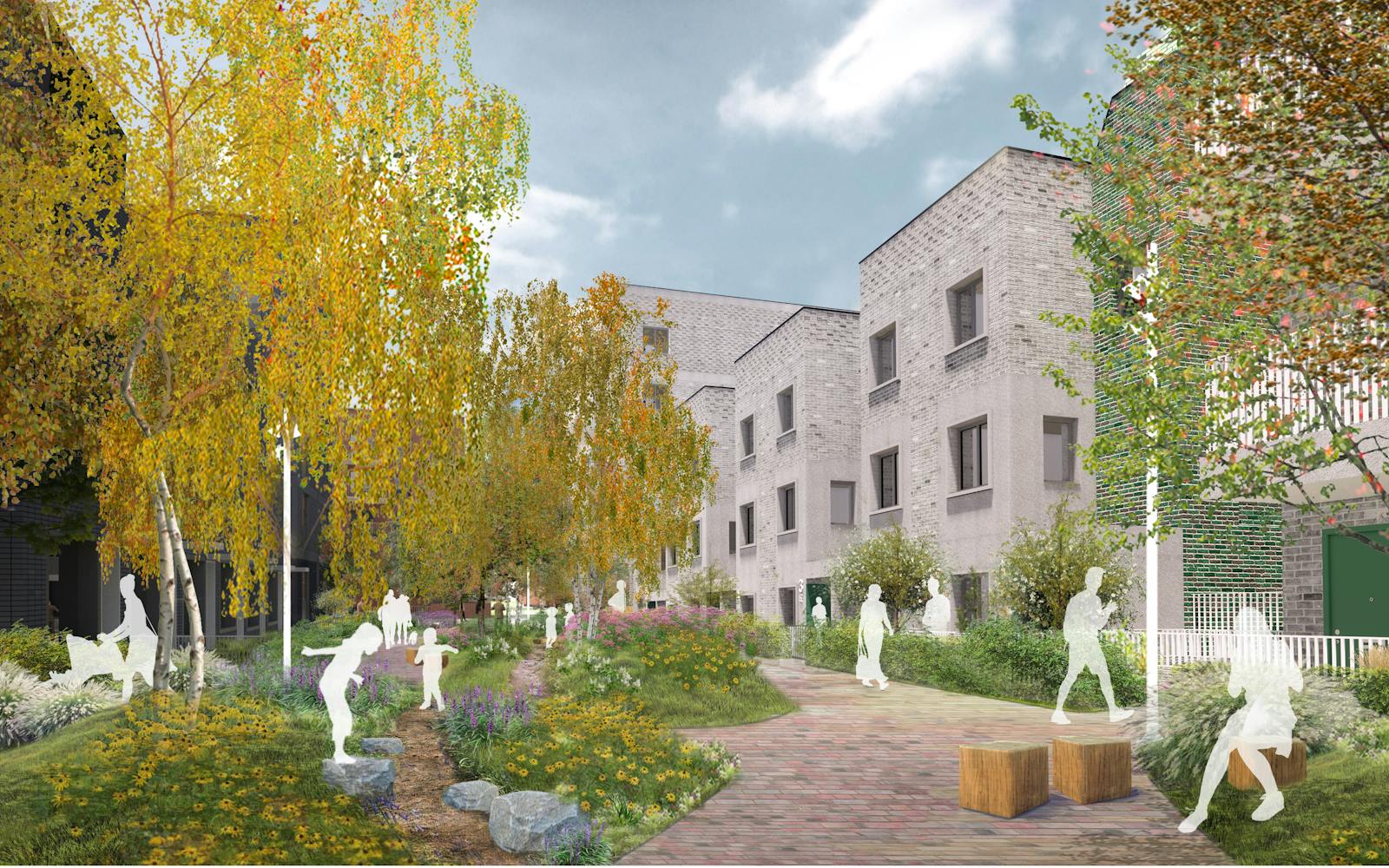
Simultaneously, the government has made a range of environmental commitments that are in tension with these pro-development and growth goals: tackling pollution of rivers and seas, improving access to nature, and expanding nature-rich habitats. It also inherits multiple wider environmental commitments from the 25 Year Environment Plan, Environment Act and Climate Change Act.
It was heartening to see these different objectives being discussed in a joint letter to environmental NGOs from the Deputy Prime Minister and Secretary of State for Defra. It clearly states that nature recovery “remains a top priority alongside the need to overhaul the planning system, grow the economy, and reach net zero” and that they are “determined to transform the system to ensure a win-win for housebuilding and nature”. These are ambitions that LUC wholeheartedly supports, even though the challenges around managing tensions and trade-offs in achieving these objectives in parallel will be significant.

More ‘business as usual’ development (under local plans that are typically quite dated and do not reflect the latest policy innovations such as ‘net zero’ requirements) will negatively impact multiple environmental outcomes. For example, increasing greenhouse gas emissions (GHG), water and air pollution, and further reductions to water availability for nature will lead to death by a thousand cuts. While incremental improvements in efficiencies (energy, water, etc.) may help to reduce negative impacts, large-scale development will still add up to large-scale impacts.
The recent introduction of mandatory biodiversity net gain represents an important turning point. In place of woolly requirements for development to mitigate negative impacts on nature, we now have a quantitative metric (and wider approach) for measuring and securing net gains in habitat value. It’s not perfect but it is a big step forward.
We need a similar approach to wider environmental impacts so that development supports progress towards environmental goals - or at the very least has a neutral impact. However, there are major trade-offs and cost/viability constraints to navigate here (e.g. driving up delivery of affordable housing from new development will squeeze the developer contributions available for other planning gains).
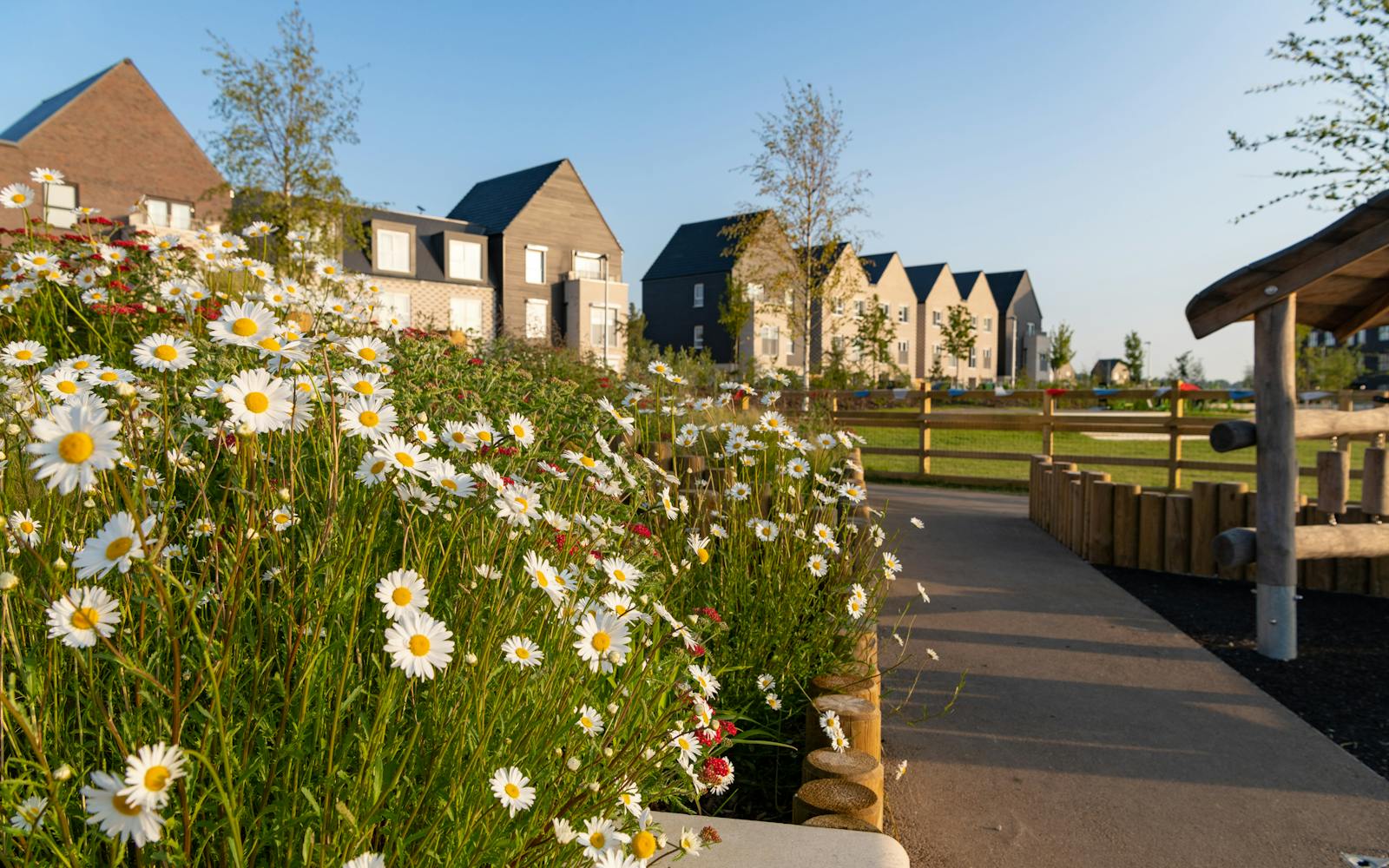
This highlights the need for a ‘grown-up’ open debate about what environmental impacts are tackled head-on through the planning system and those we judge cannot be fully addressed right now, allowing for the costs and disadvantages of fully mitigating them using existing knowledge and technology.
Emerging Local Nature Recovery Strategies (LNRSs) and the long-promised Land Use Framework could inform such debates, alongside information on important wider land use considerations such as landscape character, cultural heritage, and food production and security. Comparing socioeconomic data with exposure to environmental hazards and access to green space could also highlight opportunities to address environmental inequalities.
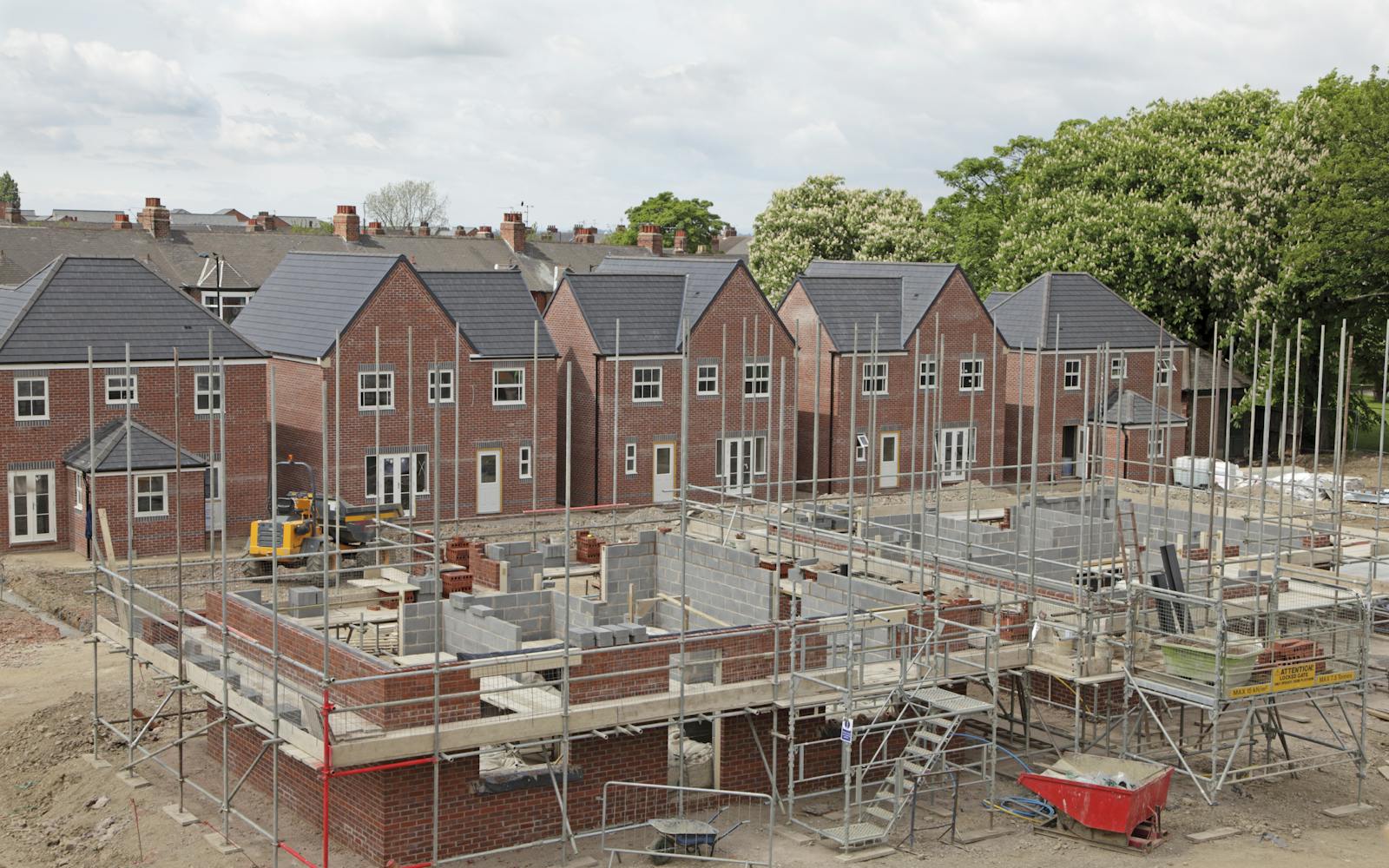
To start the ‘grown-up’ debate there are several issues to consider.
- Do we need to steer local planning authorities (LPAs) to stipulate new development should have ‘net zero’ operational GHG emissions from all energy use, not merely be ‘net zero ready’? Should this also extend to setting out standardised methods for calculating and minimising GHG emissions embodied in building materials and construction processes? It’s important to note here that as building energy efficiency standards are improved, embodied carbon becomes an ever more significant proportion of total emissions.
- Should LPAs be required to quantify transport-related GHG emissions and air pollution when allocating sites for large-scale development? Should they show how these have been designed out as far as possible through the integration of public transport and active travel? Should there be a requirement to support woodland creation (on or offsite) or other measures to fully offset residual GHG emissions from transport?
- Given the critical importance of boosting woodland creation for achieving net zero, should LPAs be required to allocate sites for this? And should they need to demonstrate how this will contribute pro rata to the country’s woodland creation target (its ‘objectively assessed need’ for woodland)?
- Rather than just protecting existing fragments of biodiverse habitats, should LPAs be required to designate nature improvement areas, steered by LNRSs, to support landscape-scale nature recovery? Government guidance on how LNRSs should inform the planning system is long overdue.
- Given the demonstrated importance of greenspace for health and wellbeing, should development provide a net gain in access to greenspace, including nature-rich greenspaces?
- Due to the increasing risks of flooding caused by climate change, should new developments have to demonstrate how the number of properties exposed to significant flood risk will be reduced over the local plan period (noting the increasing risks of flooding resulting from ongoing climate change and the potential to use natural flood risk management measures alongside hard infrastructure)?
- Can improved policy options avoid further undermining water quality in our rivers, particularly for sensitive environments like chalk streams? Should nutrient neutrality requirements be rolled out in wider areas, or do we have to accept a level of ongoing damage from development given the added costs and delays this would likely cause? Should some highly sensitive areas be off-limits for major development?
- In water-stressed areas, should we require developments to show how they will negate impacts on water availability in rivers, including by maximising water efficiency and reuse and contributing to infrastructure solutions? Should water neutrality requirements be rolled out in other areas or do we have to accept a level of ongoing damage due to increases in abstraction (linked to new development) given the added costs and delays to development that would bring?

The tensions and trade-offs inherent in these challenges mean their solutions are nuanced and complex. Here at LUC, we would welcome your views – are these the right questions to pose to strengthen the environmental outcomes of the planning system? What environmental net gains do you think are feasible for development to deliver? How do we balance the economic, social and environmental objectives of land use change and agree on the right path to deliver sustainable development?
The recently announced rapid review of the Environmental Improvement Plan, including a commitment to develop a new statutory plan and delivery plans to meet each Environment Act target, provides an important opportunity to address these questions.


